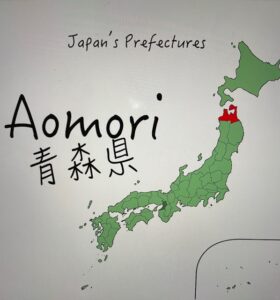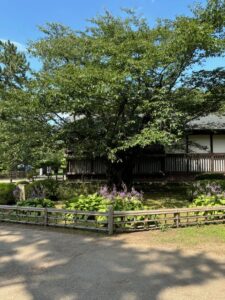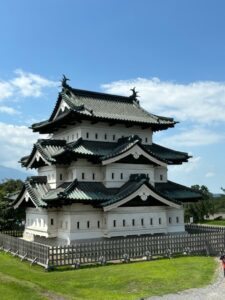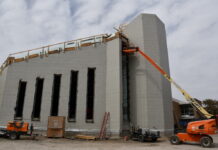In the northernmost part of the large island of Honshu in Japan lies Aomori Prefecture. Split by Mutsu Bay, most of the population of Aomori lives close to the coast. Although the prefecture is little known, it is rich in history and culture.
Overview of Aomori
First of all, a little bit about Aomori Prefecture. The prefecture is the eighth largest by landmass and the 31st most populous, making it one of the least inhabited of prefectures in all of Japan. The prefecture is located in the Tohoku region and is the third most populated in the region behind Miyagi and Fukushima prefectures. Around half of the people in Aomori Prefecture live in only two coastal cities, Aomori, the capital, and Hachinohe. The prefecture has a GDP of around 4.6 billion Yen, only comprising 0.83% of Japan’s economic output. The prefecture is dominated by the agricultural industry; in fact, Aomori produces around 60% of Japan’s apples. This makes apples a cultural symbol of Aomori and apple products are available in almost every store. The prefecture is dominated by mountains and hills, with most of the cities located either on the coast or in the many valleys. Like in the rest of Japan, Buddhism and Shintoism are the most dominant religions in the prefecture.

Landmarks in Aomori
Aomori Prefecture has many interesting natural landmarks, with over 12% of the region’s landmass consisting of natural parks. The prefecture is very volcanically active as a result of the largest caldera lake on the island of Honshu: Lake Towada. The prefecture is also home to Shirakami-Sanchi, a UNESCO World Heritage site that contains the largest virgin beech forest in all of East Asia with over 87 different species of birds. Aomori Prefecture also has the oldest surviving cherry tree in Japan located on the grounds of Hirosaki Castle.

The Prefecture also has many famous man-made landmarks. In the city of Hirosaki lies one of the surviving Japanese castles from the feudal era: Hirosaki Castle. Although the castle is smaller than a lot of others in Japan, its longevity makes it still a wonderful place to visit. The castle was constructed between 1603-1611 by the Tsugaru Clan, and although its main keep was destroyed in 1627 by lightning, it was rebuilt in 1810. Another famous site in Aomori is the Nebuta museum also in Hirosaki, where one can learn of the history of the Nebuta Festival and see floats from the event.

The Nebuta Festival
The most well-known and culturally important event in all of Aomori Prefecture would be its Nebuta festivals. The festivals occur in three cities around the prefecture, Aomori (the most popular), Hirosaki, and Goshogawara, all of them having their own unique spin on the festival. Originating as an offshoot of the Japanese Tanabata Festival, the Nebuta Festival attempts to chase away the demons of sleepless and bad spirits during the busy rice farming season. The festival has been practiced in some form for many centuries, drawing in millions of visitors in some years. During the Nebuta Festival, thousands of people march while carrying different floats, play taiko drums or flutes, or dance, chanting “Rassera,” a word that is meant to entice others to participate. Made with washi paper and lit with candles, the floats often depict ancient heroes, important figures, or logos of companies that have sponsored the event. The floats range in size from ones that require two people to move all the way to floats that require upwards of 20 people to move. The event is extremely energetic and entertaining, lasting for around two hours.

Conclusion
Overall, Aomori Prefecture is an amazing place to visit, rich in cultural traditions like the Nebuta Festival and landmarks like Hirosaki Castle. I was fortunate enough to visit Aomori Prefecture last summer and experience its wondrous charm while eating many different apple products. If you were ever to go to Aomori, I think your experience would be as great as mine.
Stay tuned to The Roundup for more viewpoint articles covering foreign countries!






